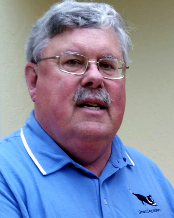
SMART DOG MININGTM
It
takes a smart dog to find hidden treasures
A Cyanide Alternative: Flotation

The cyanide process(1) has allowed the development of large, low
grade precious metal deposits more than any other process.
The reasons for its widespread acceptance are economic as
well as metallurgical. It usually obtains a higher gold recovery
than other processes, especially for fine gold.
Cyanidation is also easier
to operate than other leaching processes.
But with increasing concern for the transport and use of
cyanide a lot of work is being done on alternatives.
·
Bjorkdal, Sweden uses flotation for free-milling ore that was not
recoverable by gravity process. It does use gravity for coarse gold
recovery.
·
Pamour Porcupine Mines, Schumacher Division uses flotation for
copper sulfifed recover and to reduce the load on the leach circuit.
·
El Indio, Chile used a primary flotation to remove cyanicides during
grinding, and followed grinding by flotation to reduce the load on
the leach circuit.
Flotation is a proven method of recovering low grade ores (see
copper) and as an alternative to cyanide it can work.
So for your next large project try flotation!
(1) An Introduction to Cyandidation
(2) An Introduction to Flotation

o
40+ years’ experience in the mining industry with strong mineral
processing experience in precious metals, copper, industrial
minerals, coal, and phosphate
o
Operational experience in precious metals, coal, and phosphate plus
in petrochemicals.
o
Extensive experience performing studies and determining feasibility
in the US and international (United States, Canada, Mexico, Ecuador,
Columbia, Venezuela, Chile, China, India, Indonesia, and Greece).
o
E-mail:
info@smartdogmining.com
